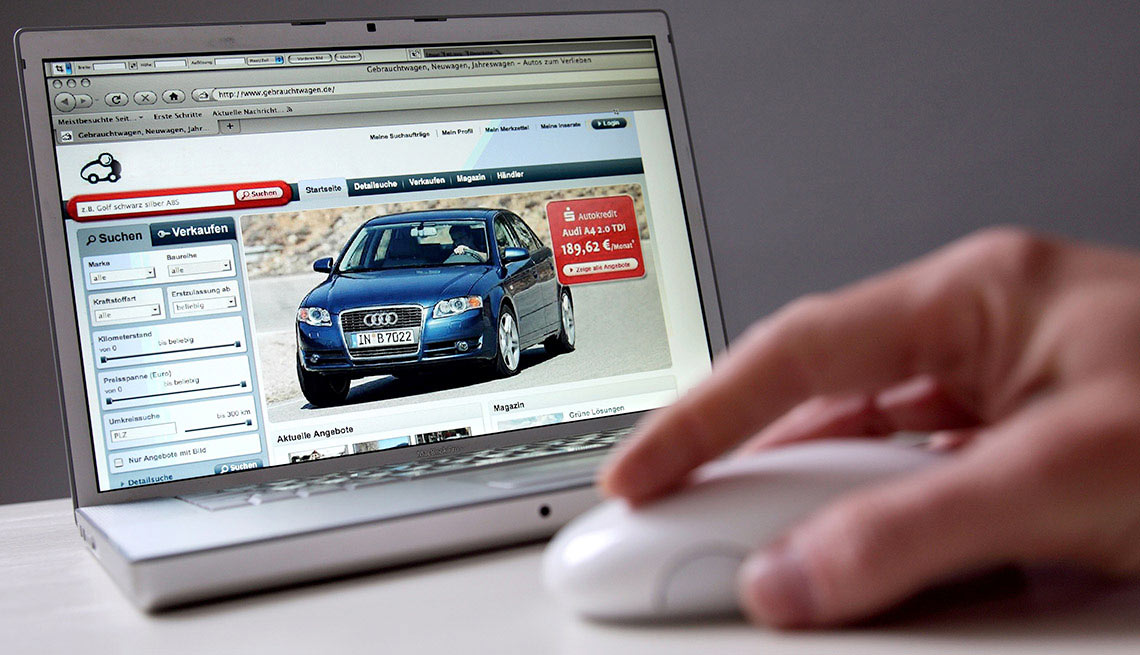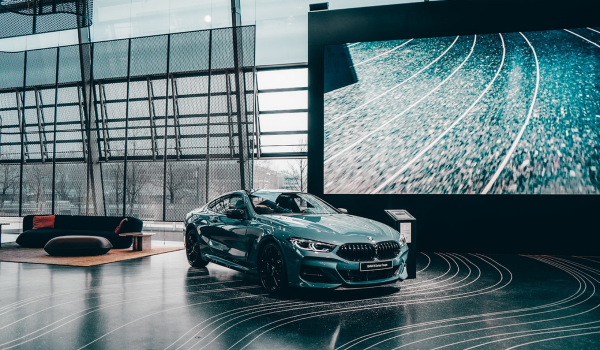Why Should Brands Build A Virtual Showroom?
As technology has brought more and more information to consumers’ doorsteps, the degree to which it is leveraged and relied on in daily life has exploded. From directions, to recipes, to the craziest questions we can ask Siri, digital has become the constant consumer companion.
It should be no surprise then, that 63% of shopping occasions begin online, and 40% of US shoppers spend more time shopping online than they do in store. The convenience, breadth of available products, and ability to easily compare products, brands, and reviews makes for a compelling combination given consumers’ busy lives. This trend has accelerated over the last year with the onset of COVID-19, and a realization by consumers that the benefits and convenience of online shopping can be expanded to more than the product categories most commonly associated with “add to cart”. Product categories such as furniture, appliances, and even cars, whose shopping journeys often began online but concluded in a physical retail location, are evolving to allow a fully digital purchase experience.

To ensure that the digital customer experience meets or exceeds buyers’ increasing demands, brands across industries are turning to 3D to bring immersive and engaging experiences to all of their digital channels. One of these quickly growing categories is virtual showrooms.
What Is A Virtual Showroom?
A virtual showroom is an immersive product experience designed to give shoppers the ability to tour products or spaces in many of the same ways that they would if they were to visit a physical location. One of the most common virtual showroom experiences is a 3D house tour, where prospective buyers can explore the home room by room, as captured by high definition 360 cameras. However, while this tech is still prevalent and successful for exploring spaces, it has limitations when applied to consumer products. It also requires a great deal of set up and execution to deliver experiences at scale.
More recent applications of virtual showrooms include 3D product tours, such as Chevrolet’s 2021 All-Electric Experience for the Bolt EV or Lucid Motors digital design center. Each of these experiences provide the shopper with immersive views and options that often exceed what a buyer could view at a physical dealership, where the color or options that they desire may or may not be in stock. These showrooms also go beyond the standard build and price tools, which showcase color and trim options, but have often not been built to instantaneously configure a buyer’s specific vehicle.
What Are the Benefits of A Virtual Showroom?
With increasingly accurate and life-like 3D models available, the opportunity for brands to deploy virtual showrooms across both digital and physical channels are expanding. For brands looking to amplify their digital experience and commerce channels, 3D visualization and configuration software brings products to life online with customizable views, options, and sharing capabilities. Buyers can shop with confidence from home or on the go, while brands have the option to offer shipping or curbside pick-up.
Deploying product visualization in a virtual showroom gives brands the flexibility to showcase all of the available products, features, and configurations without the time or monetary investment that is associated with traditional photography and videography. It also allows for quick and efficient updates as products are added, removed, or changed, even if the products are not yet available for traditional image capture.
Particularly for brands who sell products with long lead times, custom products, or involve a much longer buyer’s journey, virtual showrooms provide an outlet for buyers to view the products in detail and determine if they are the best fit for their needs. If the buyer is not able to feel immediate gratification from receiving the product, then the brand must create value in the experience and confidence for the buyer that the product that they are waiting for is worth the delayed arrival.
From the customers’ perspective, a virtual showroom provides an easily accessible view of all of the options available to them. For custom products, virtual showrooms go beyond color swatches and trim level descriptions, displaying exactly what the customer can expect to receive from a brand.
Imagine you are shopping for a specialized bike. You find a brand you like and decide that you would like to purchase one of their models. You choose your color, the proper size, and the style of wheel. As you proceed the brand offers an accessory upgrade, which includes a different seat. This could be a great option, as long as the seat style is something that you actually like. A brand that has built a 3D configurator will be able to show you which seat is included in the upgrade, and how it will look on your custom bike, along with any other upgrades or additional accessories you choose.
The customer is happy and confident in their purchase knowing exactly what they are receiving, and the brand is happy with a satisfied customer who is leaving with a cart value that has now increased
Can Virtual Showrooms Be Used in Physical Retail?
While virtual showrooms are often thought of primarily as features for a web experience, they can also be a valuable add to a physical retail location. With many brands revisiting their approach to real estate and physical footprints, the need to drive more sales out of less space at a lower cost is increasing. Where traditional retail demanded significant square footage for a showroom floor as well as additional storage for inventory, branded pop ups and experience center models thrive on limited space loaded with product information and easily accessible touchpoints that help buyers progress through the shopping experience.
Let’s revisit Lucid Motors and their digital design experience. As an emerging electric vehicle brand with a higher than average price point, keeping large amounts of inventory in any given location is expensive and risky. Further, buyers at this price point are looking for features that meet their exact specifications and the ability to customize. Lucid’s Studios, which will generally occupy smaller retail locations, will allow shoppers to explore the brand and view a car in person, but do not provide the opportunity to drive a vehicle off the lot on the spot. To continue the brand experience and capitalize on a customer’s immediate interest, Lucid can deploy digital touchpoints within the studio and feature the virtual showroom, allowing buyers to experience not only the physical vehicle, but the full immersive process of designing, selecting, and possibly even ordering their desired vehicle.
How to Build A Virtual Showroom
Whether you want to build a product visualizer, 3D configurator, or complete virtual showroom, choosing the right team and software to support your digital experience is key. Your visualization platform should seamlessly integrate into your existing tech stack to deliver a smooth connected experience for your customers.
To build an effective virtual showroom, you will first need to develop high fidelity 3D models that can be set into the showroom scene. Our product visualization software allows brands to create exceptional; product representations that can easily be deployed within a 3D configurator or virtual showroom experience.
Not ready to build a full virtual showroom? Start with product visualization or 3D configuration for your marquee products and an improved ecommerce experience to drive more sales and happier customers.
Ready to see more? Contact us for demos to see the beginnings of your virtual showroom.
Cre: ATLATL.com



